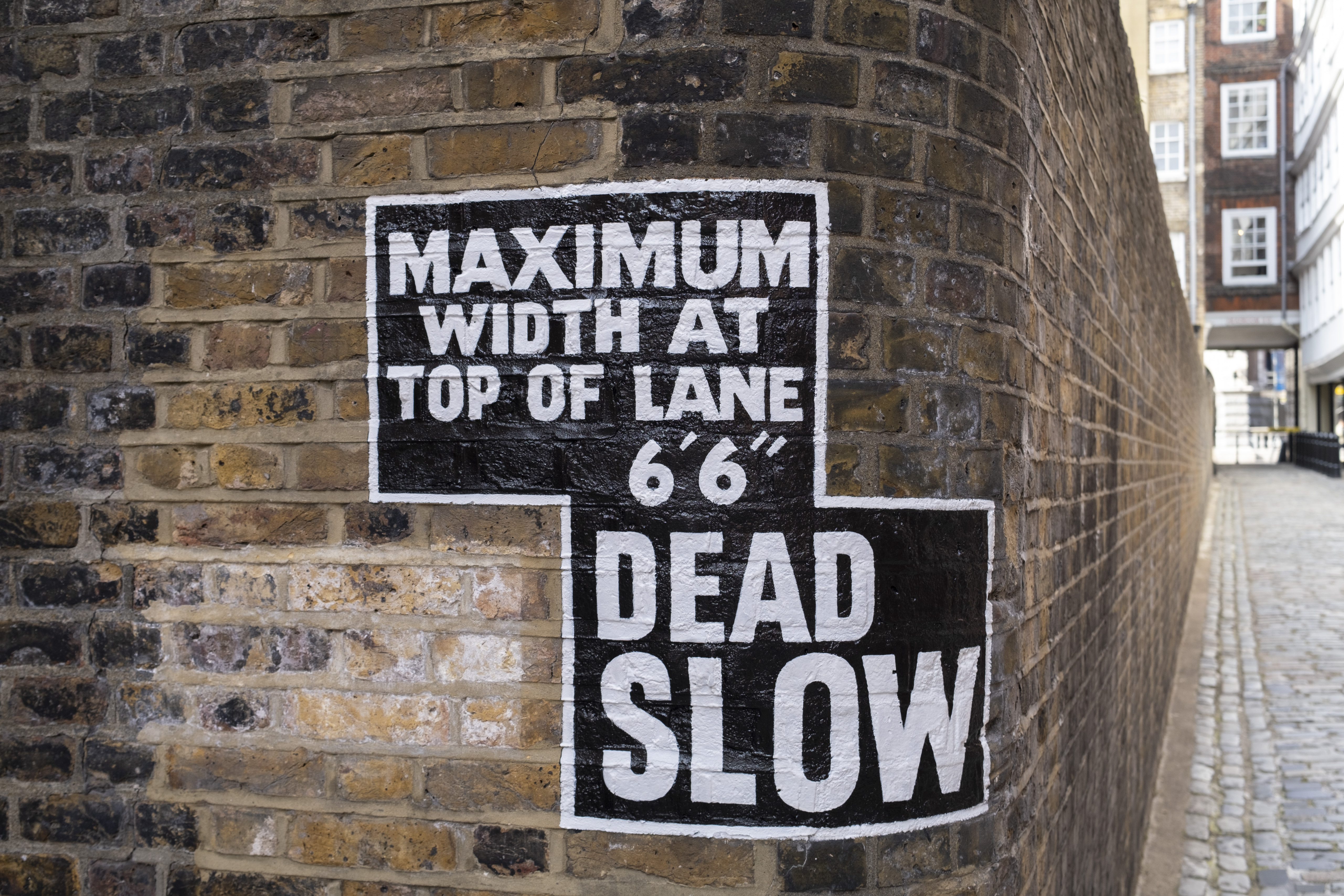Is the answer to safer cycling narrower roads? This government body thinks so
Active Travel England is campaigning to change the width of the country's roads


According to Active Travel England (ATE), many British roads aren’t currently wide enough to be safe for cyclists. On “standard” British roads - relics of Victorian 12-foot width standardisation – the necessary 1.5 metres needed to safely pass a cyclist is not possible.
Under new guidance from the active travel body for England (outlined in a 16 point document titled, ‘Critical Safety Issues for Walking, Wheeling and Cycling’) roads should be narrowed to force drivers to move lanes in order to overtake cyclists, or widened to enable safe overtakes.
“Collisions from alongside are one of the most frequent types of collision for cyclists and are more likely where lane widths encourage close passing,” reads a statement from ATE. “The risk is reduced when lanes are 3.9m or wider, while lanes narrower than 3.25m are usually narrow enough to discourage drivers from attempting to overtake a cyclist when it is unsafe to do so.”
New research from the University College London into "near misses" on London's roads, published this month, showed that the most commonly reported near misses were close overtakes.
Narrower roads leave more room for pedestrians, too – on King William Street in London, road lanes are currently being narrowed to below 3.25m to create space for new trees and seating. This £3.3 million project is a precursor to a £43 billion road building programme across England set to implement ATE’s guidance.
The case to widen roads seems strong, too. With the amount of SUVs in England’s cities increasing tenfold over the last 20 years, there could be more competition for space on the country’s roads if the trend continues. Cars do only seem to be getting bigger.
“It might seem like tinkering with history but not only is shifting lane widths good for helping cyclists stay alive, it’s also good for making places nicer too,” Simon Munk , London Cycling Campaign's Head of Campaigns and Community Development told Zag Daily.
The latest race content, interviews, features, reviews and expert buying guides, direct to your inbox!
When it comes to the implementation of the guidance, ATE suggests changing existing road markings during routine maintenance, so two opposing lanes are of varying sizes – one between 3.25m and 3.9m and the other reduced to 3.25m or increased to 4.05m.

Meg is a news writer for Cycling Weekly. In her time around cycling, Meg is a podcast producer and lover of anything that gets her outside, and moving.
From the Welsh-English borderlands, Meg's first taste of cycling was downhill - she's now learning to love the up, and swapping her full-sus for gravel (for the most part!).
You must confirm your public display name before commenting
Please logout and then login again, you will then be prompted to enter your display name.